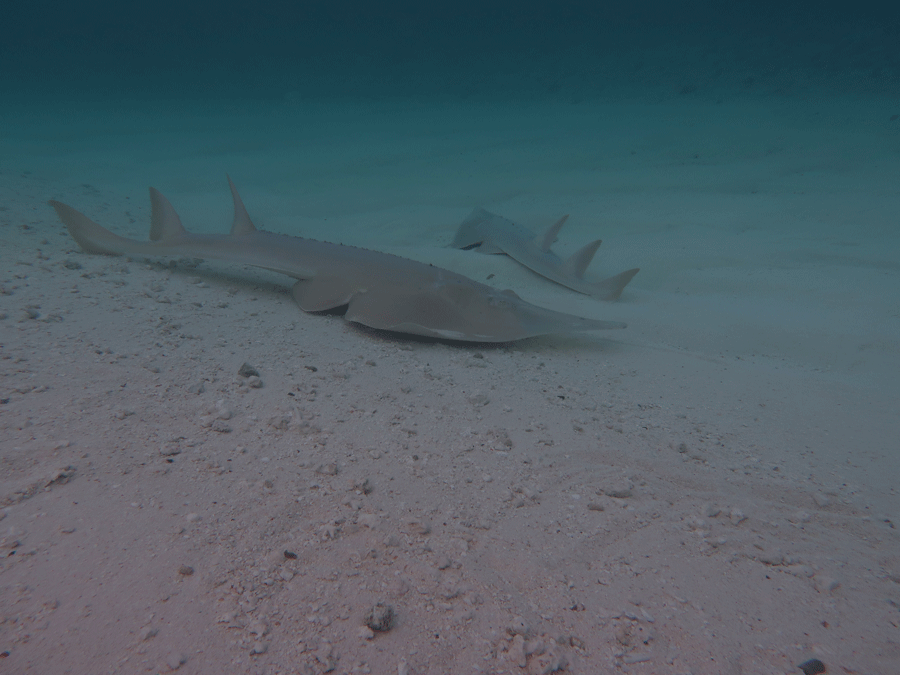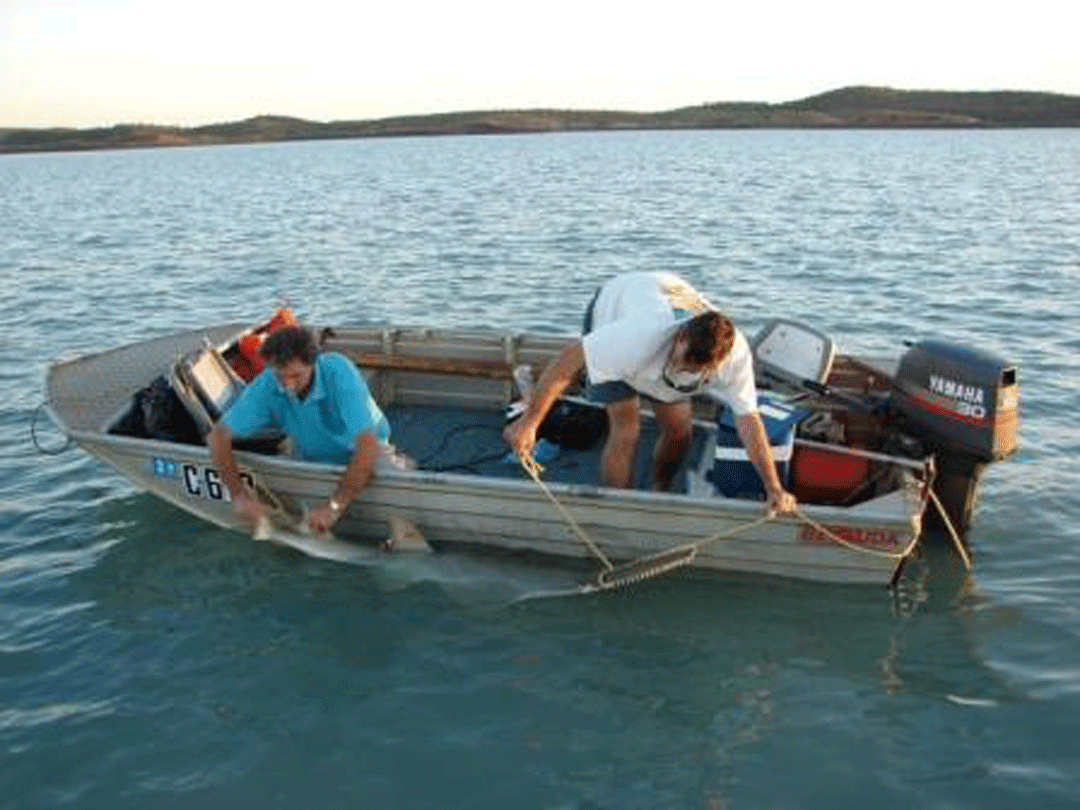Reflections on the role of international trade in conserving sawfish
I was recently at the Convention on International Trade in Endangered Species (CITES) conference of parties in Geneva as a member of the IUCN delegation. These meetings happen once every three years, and are where the parties (= countries) decide on if species need to be added to the appendices of the convention and hence become regulated in international trade. CITES has been at the forefront of conservation initiatives for sharks and rays since the basking shark was listed on Appendix II of the convention in 2003. Appendix II listing limits trade in a species by requiring exporting countries to certify that the products are legally acquired and sourced from sustainable populations. This year the parties agreed to add 18 new species of sharks and rays to Appendix II of the convention. This included two species of mako shark, 6 species of giant guitarfish and 10 species of wedgefish. These latter two groups, collectively known as the rhino rays, are close relatives of the sawfish and if we are not careful their populations may end up suffering the same fate as sawfish- disappearing from large parts of their range.

The giant shovelnose ray is one of 18 new shark and ray species added to Appendix II of CITES this year. Photo © Colin Simpfendorfer
Being at the CITES meeting made me reflect on the role that CITES can and should play in the conservation of sawfishes, and the related rhino rays. Sawfish were listed on CITES Appendix I in 2007, and remain the only sharks and rays that have the highest level of trade protection available under the convention. Appendix I makes any commercial international trade illegal. While these trade protections can be a useful tool in helping conserve sawfish, there is still more that can be done to complement these regulations and make sawfish conservation more effective.
For instance, most shark and ray species listed on CITES appendices have fin identification guides available so that authorities at borders are able to identify the product that is most regularly traded internationally. However, despite their Appendix I listing, we are still lacking a comprehensive fin identification guide for sawfish. And we need to make sure that new genetic methods for rapidly identifying shark fins include sawfishes. Without the tools to detect illegal trade authorities at borders will struggle to implement and enforce CITES protections.
Our sawfish environmental DNA (eDNA) project funded by the Save Our Seas Foundation will also help authorities enforce the CITES listings for sawfish. One of our aims is to identify those countries were sawfish populations still exist. By doing this we can let the authorities in these countries know to be on the lookout for fins and other products from sawfish that might find their way into international shipments. By allowing authorities to target their enforcement, and also to provide sawfish-specific training to officers who work at the frontline of the battle against illegal wildlife trade, we can improve conservation outcomes for sawfish.

Environmental DNA surveys for sawfish, such as this dwarf sawfish that was tagged in northern Western Australia, will help improve the implementation of CITES regulations by identifying countries where enforcement activities should be targeted. Photo © Colin Simpfendorfer
The CITES meeting also let me reflect on the important role that SOSF have played in improving our understanding of sawfish, and more recently the rhino rays. Their funding of a wide range of projects all around the globe has meant that when information has been needed to help highlight the conservation need, and provide much-needed data to help design conservation programs, it has been available. Without their support, the conservation of the most threatened of the sharks and rays would be much more difficult. We owe a great deal of thanks to SOSF for their foresight in supporting research that is making a real difference in shark and ray conservation.
